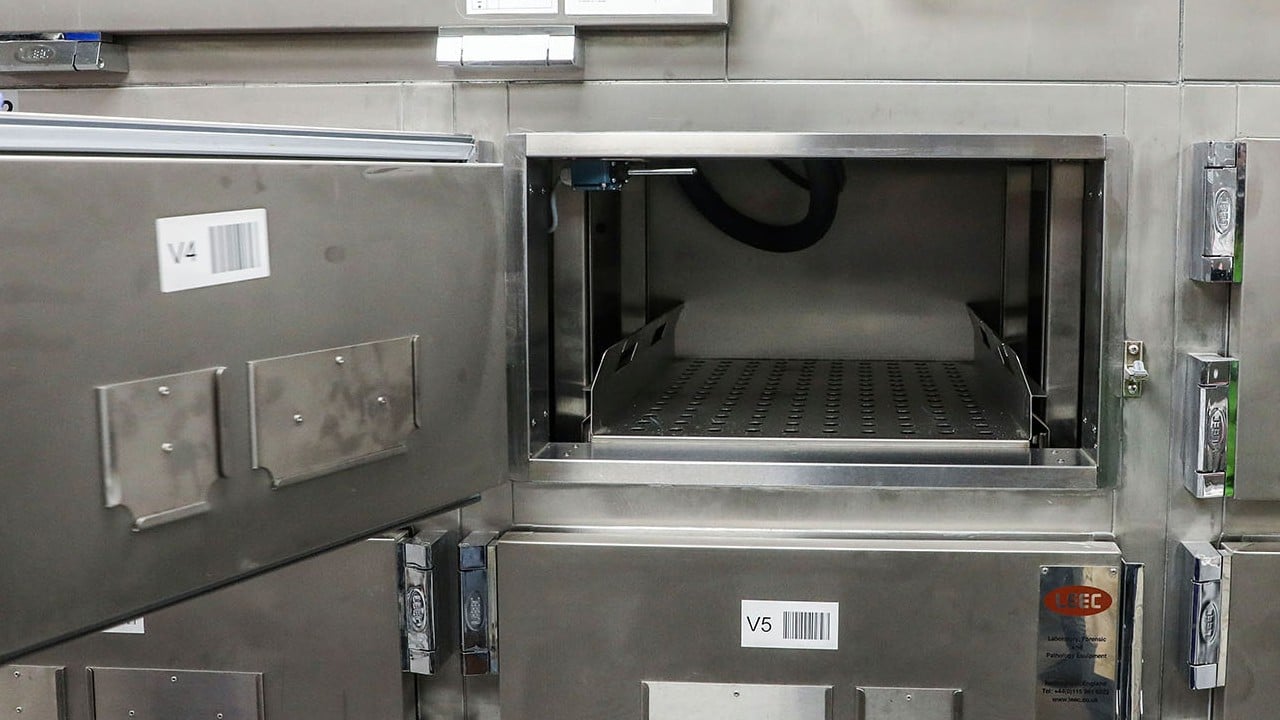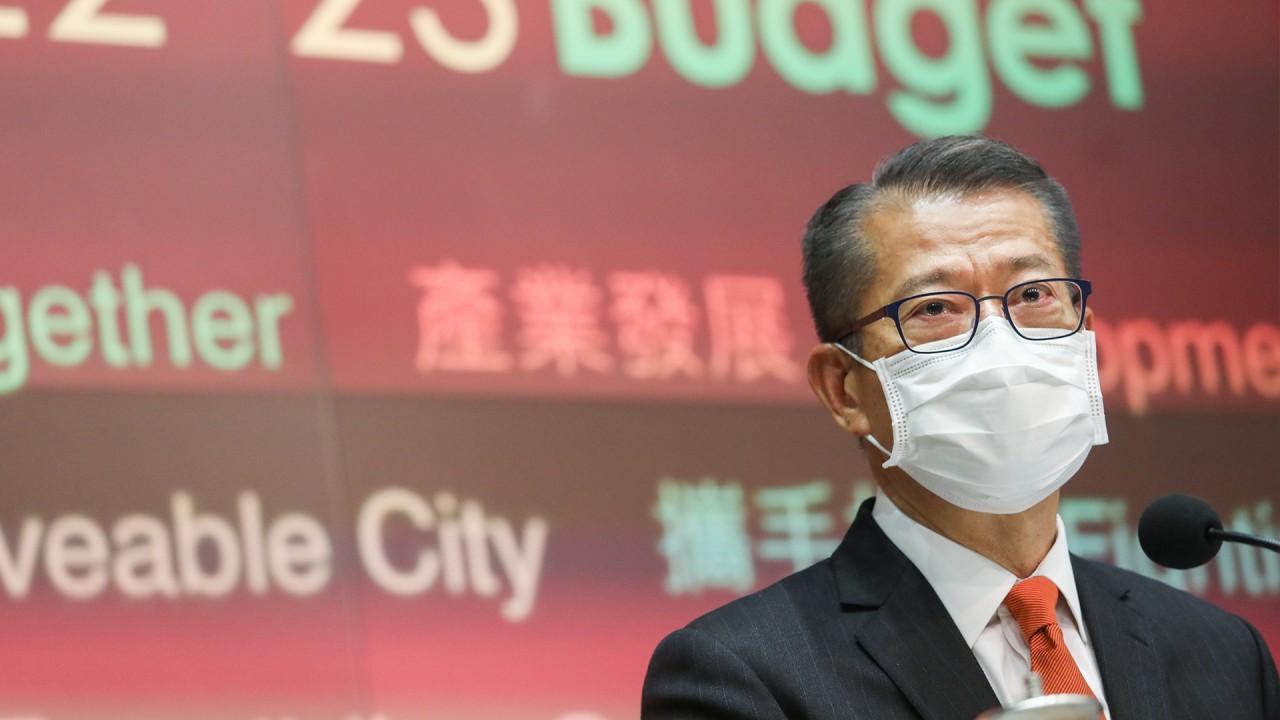
In a Hong Kong broken by Omicron, the lack of pandemic preparedness must be addressed now
- Running to Beijing for help must not be Hong Kong’s only option. The city must shore up its pandemic defences by plugging its shortages in medical and other infrastructure, and setting up a routine quick response system
For the past two years, Hong Kong’s success at containing local infections has allowed it to get away with a lack of preparation for a sudden and serious outbreak. With each minor outbreak that petered out, the demand for vaccination fell and the government closed testing facilities. For example, in June last year, the government closed three community testing centres after an examination of their usage and demand.
But officials failed to plan for a rapid reopening of the vaccination centres and testing facilities should there be a surge of demand – such as it faces now.

The mainland’s quick response may have solved these shortages for now but the long-term problem of the lack of medical infrastructure remains. Hong Kong is simply unable, like mainland cities such as Shanghai and Shenzhen, to quickly mobilise local laboratories and hospitals to deal with a sudden increase in the need for Covid-19 testing and quarantining.
For the past two years, Hong Kong has simply called for help from the mainland when it has trouble containing local cases. In the meantime, it has failed to establish its own medical capacity. While there is no doubt that the central government will continue to help, this is not a long-term solution for Hong Kong.
If these new facilities are going to be managed in the same way, the failures of the fifth wave will happen again.
The challenge of how to maintain these facilities after each wave and how to put it back into operation cannot be solved merely with more investment. It calls for a reform of the system and the need to establish routine communication and collaboration between the government and the private sector.
It is critical for the city to establish a medical reserve before the next outbreak. Once large-scale quarantine and testing are needed, the Hong Kong government should be able to quickly mobilise the reopening of testing and quarantine facilities.
As Hong Kong cases surge, a look at Asia’s lockdowns from Singapore to India
This fifth wave should not only serve as a reminder for Hongkongers to get vaccinated. It should also alert the government to the urgent need for a routine quick-response system that includes more ready-to-use testing capacities, quarantine centres, medical personnel and daily supply providers, all to be mobilised when needed.
John Hanzhang Ye is a PhD student in science and technology history at the University of Minnesota, Twin Cities and also holds an MPhil degree in sociology from the Chinese University of Hong Kong



